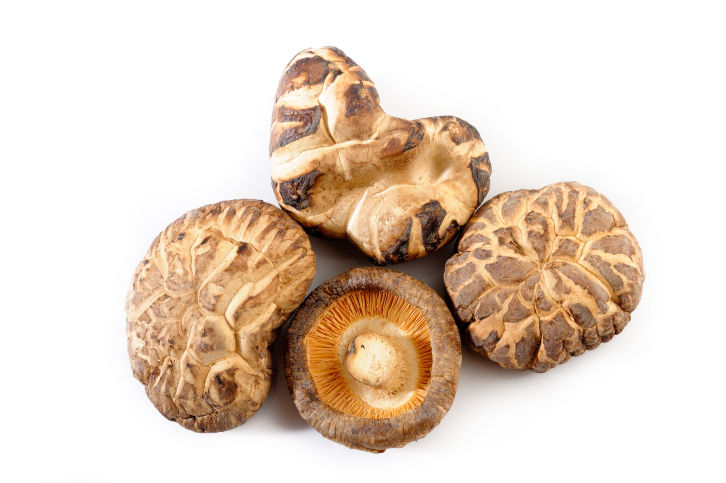Overview
Fungi, though widely regarded as a vegetable
Believed to possess powers of immortality by the Egyptians and healing properties in Asia, mushrooms have been prized throughout history. With more than 35,000 varieties worldwide, many extremely toxic, only 2,000 are considered edible, of these, less than three dozen are domesticated and far fewer consumed on a regular basis. Americans are most familiar with the ‘button’ Agaricus varieties in white and various shades of brown
U.S. Grades
• U.S. No. 1 – similar varietal characteristics including mature, at least fairly wells shaped, well trimmed, free of open veils, disease, spots, insect injury, decay, and any damage.
• U.S. No. 2 – same as above with additional tolerance for open veils and defects. For defects at shipping point:
• 5% total including 1% decay, spots, or disease (U.S. No. 1)
• 10% including 1% decay, spots, or disease (U.S. No. 2)
Storage Conditions
• 32 to 34º F (0 to 1.5º C)
• 30.4º F (0.9º C) freezing point
• 95% relative humidity with high respiration rate
• May be stored 3 to 5 days (other varieties up to 14 days)
• Do not store in plastic bags, paper preferred
• Sensitive to ethylene, as well as moisture
Sizes
Agaricus (Button, Crimini, Portabella, Baby Bella), Beech, Black Forest, Cep, Chanterelle, Cloud Ear, Cordyceps, Enoki, Fairy Ring, Fiddlehead, Hedgehog, King Trumpet, Lobster, Matsutake, Maitake, Morel, Oyster, Pioppino, Porcini, Shiitake, Straw, Truffle, Wild Leeks, Winecap, Winter, and Woodear. Shiitake, Maitake, Oyster, and other exotic mushrooms continue to gain popularity.
Small — ¾ to 1¼ inches
Medium — 1¼ to 1¾ inches
Large — 1¾ to 2¾ inches
Jumbo — 3 inches and larger



